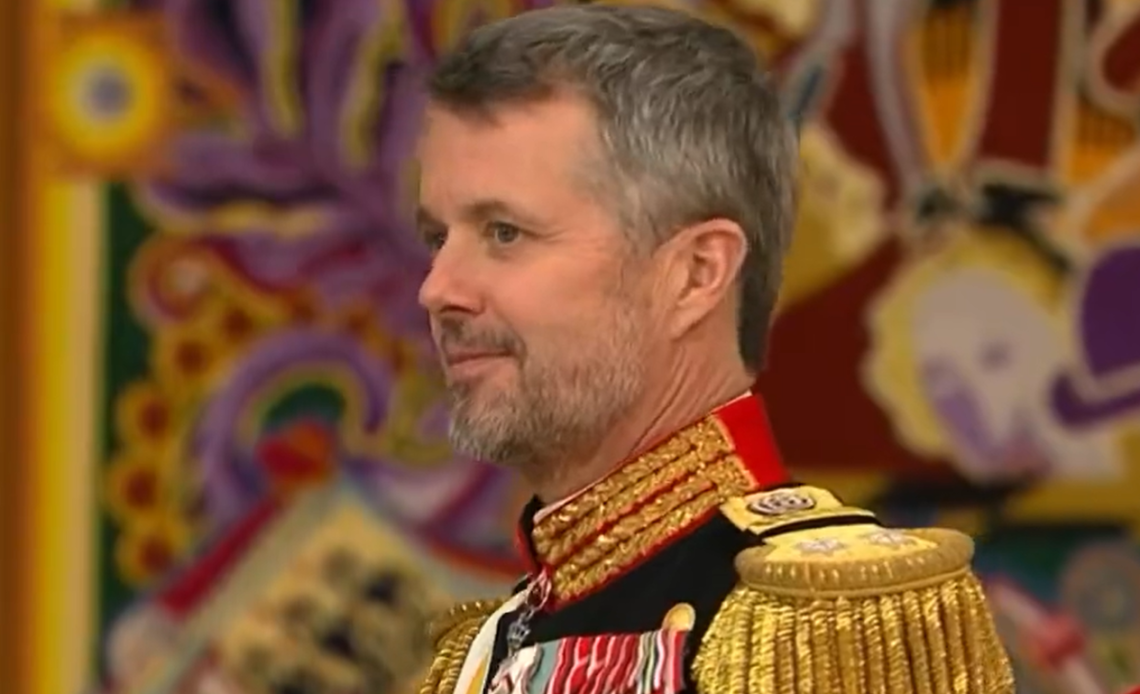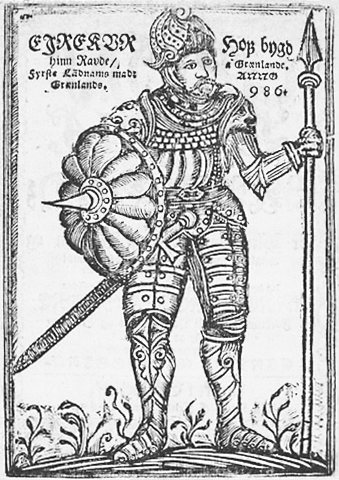
King Frederik X of Denmark is just days away from the first anniversary of his accession to the throne and he’ll mark the milestone in the middle of a global debate about the future of his realm. For Frederik currently reigns in Greenland and a certain other incoming Head of State wouldn’t mind being in charge there either.
Donald Trump has said, not for the first time, that he’d like to add Greenland to the US and he’s willing to pay. He’s been told no – again, not for the first time. In 2019, during his first presidency and the reign of Frederik’s mother Margrethe II, he suggested doing a deal with Denmark for Greenland. When it was turned down, he cancelled a visit to Copenhagen. This time, he says he won’t rule out either economic or military actions to get Greenland, comments described as serious by the country’s Prime Minister.
However, Frederik can perhaps take comfort from the fact that he’s not the first royal to find their hold on Greenland under the spotlight. In fact, Donald Trump isn’t even the first US politician to ask to buy this part of the Danish realm.
As talk of bringing Greenland into the United States hit the headlines, Mr Trump’s son, Donald Jr, made a private visit to Nuuk. Another of Mr. Trump’s sons, Eric, might have been more historically appropriate. For Greenland was first claimed by Europeans in the late 10th century by Erik the Red who ended up there after being banished from the Norse settlements on Iceland. When he was allowed back home he did such a good sales job on his temporary home that dozens of ships followed him back to settle there. His son, Leif Eriksson, used Greenland as a base from which to settle parts of North America.

By Arngrímur Jónsson, Public Domain, Wiki Commons
The Norse community in Iceland had its own form of government until the 13th century and Greenland followed a similar pattern. But in 1262 that fell apart and both countries submitted to the rule of the Kingdom of Norway meaning that the first European royal to technically hold power in Greenland was Haakon IV Haakonsson. For over a century, Norway’s kings were rulers of Greenland, too.
In the late 14th century, the Kalmar Union joined Denmark, Sweden and Norway as well as their overseas territories under the personal rule of one monarch, Margaret I, who named her great nephew, Eric of Pomerania, as he successor. However, by the time Christian II saw the union dissolved in 1523, Greenland’s Norse population had all but disappeared.

The Thule people, from whom modern Greenlanders descend, were already establishing power across parts of the island by then. But another European monarch also fancied claiming the island for himself. King Manuel I of Portugal sent an expedition in the first years of the 16th century as he tried to establish his supremacy in his fight against Spain for world domination. His sailors were trying to find a route into Asia via the icy waters of northern Europe. Instead, they charted parts of Greenland which briefly appeared on maps made for Manuel as ‘Lavrador’, a name later given to parts of Canada.
After that, European interest in Greenland waned until the early 17th century when King Christian IV of Denmark ordered his navy to explore and conquer. They had little luck but around 100 years later, during the reign of Frederick IV, a Danish expedition arrived in Greenland and set up trading bases there. The new arrivals worked alongside the Inuit people who had lived there unchallenged for centuries.
In 1814, King Frederick VI of Denmark hung on to Greenland in the Treaty of Kiel but the Norwegians never forgot their claim. In 1931, during the reign of King Haakon VII of Norway, the country declared the eastern part of the island to be ‘Erik the Red’s Land’ and the matter ended up at the Permanent Court of International Justice in 1933. There, the Norwegian claim was thrown out.
However, soon afterwards global war meant another change in Greenland. The Nazi occupation of Denmark, bravely countered by King Christian X, led to the US taking over the island to prevent it falling into Hitler’s hands. At the end of World War Two, it returned to Danish rule and during the reign of King Frederik IX it was made part of Denmark with citizenship of the nation given to all Greenlanders.
The rule of Queen Margrethe II saw more changes. In 1979, Greenland was granted home rule while in 2009, self rule was initiated although Denmark still controls foreign policy and defence. But while it has a European head of state, the island itself has a very different identity. Almost 90% of the 57, 000 people living there are of Inuit descent and the official language is now Greenlandic.
Meanwhile, it’s worth remembering that Donald Trump isn’t the first US President to ask if Greenland is for sale. In 1946, the administration of Harry S. Truman asked if it could buy the island but Frederik X’s great grandfather, Christian X, and his government declined the offer.
The latest mention that Greenland could go to the US has been rebuffed by the country’s Prime Minister, Mute Egede, who says the people’s priority is actually total independence. He’s meeting King Frederik in Copenhagen as the international spotlight falls firmly on his country. It brings another monarch into the royal history of a country with links to the oldest monarchy in Europe but with its very own, firm ideas about the future.

